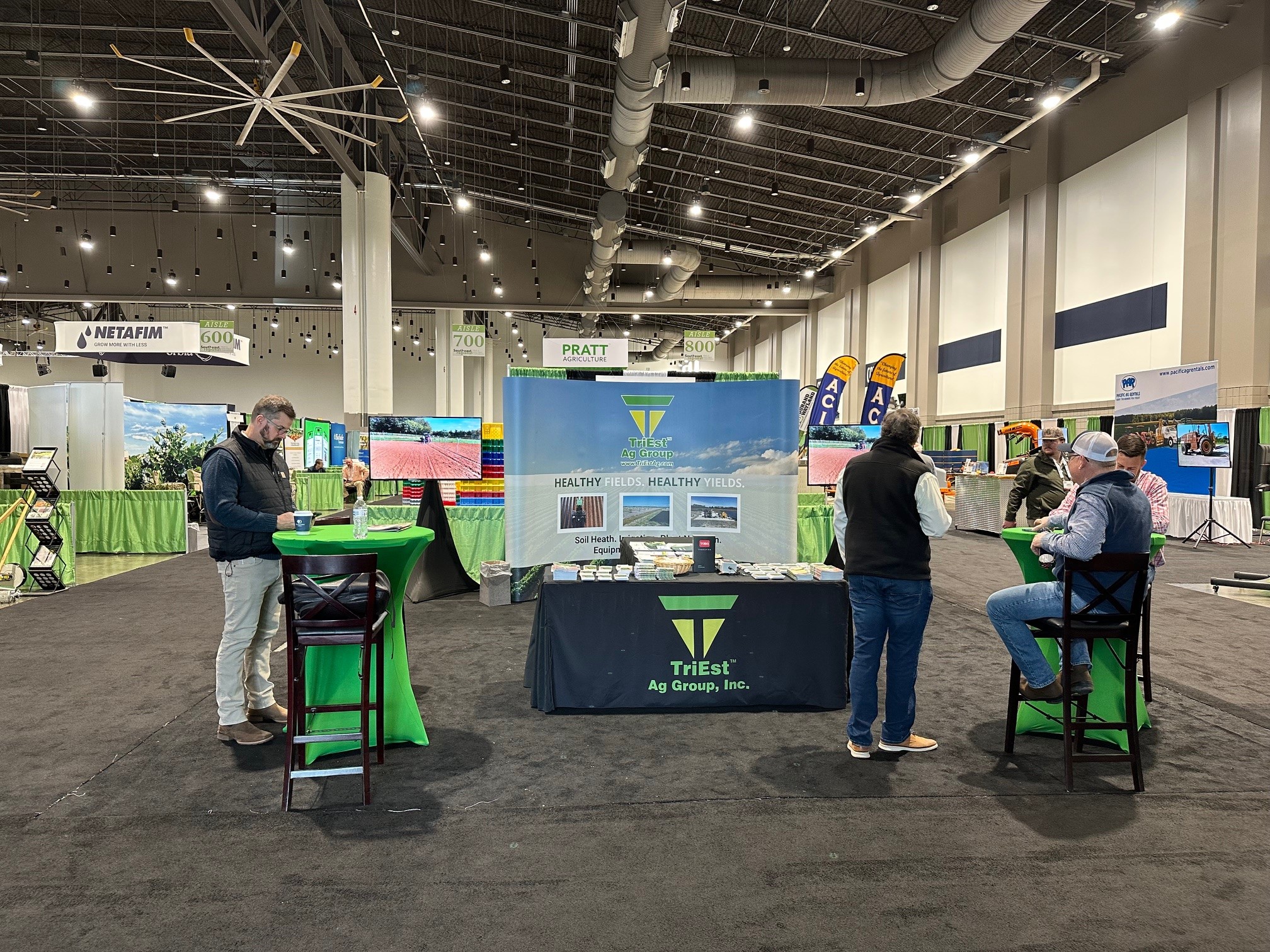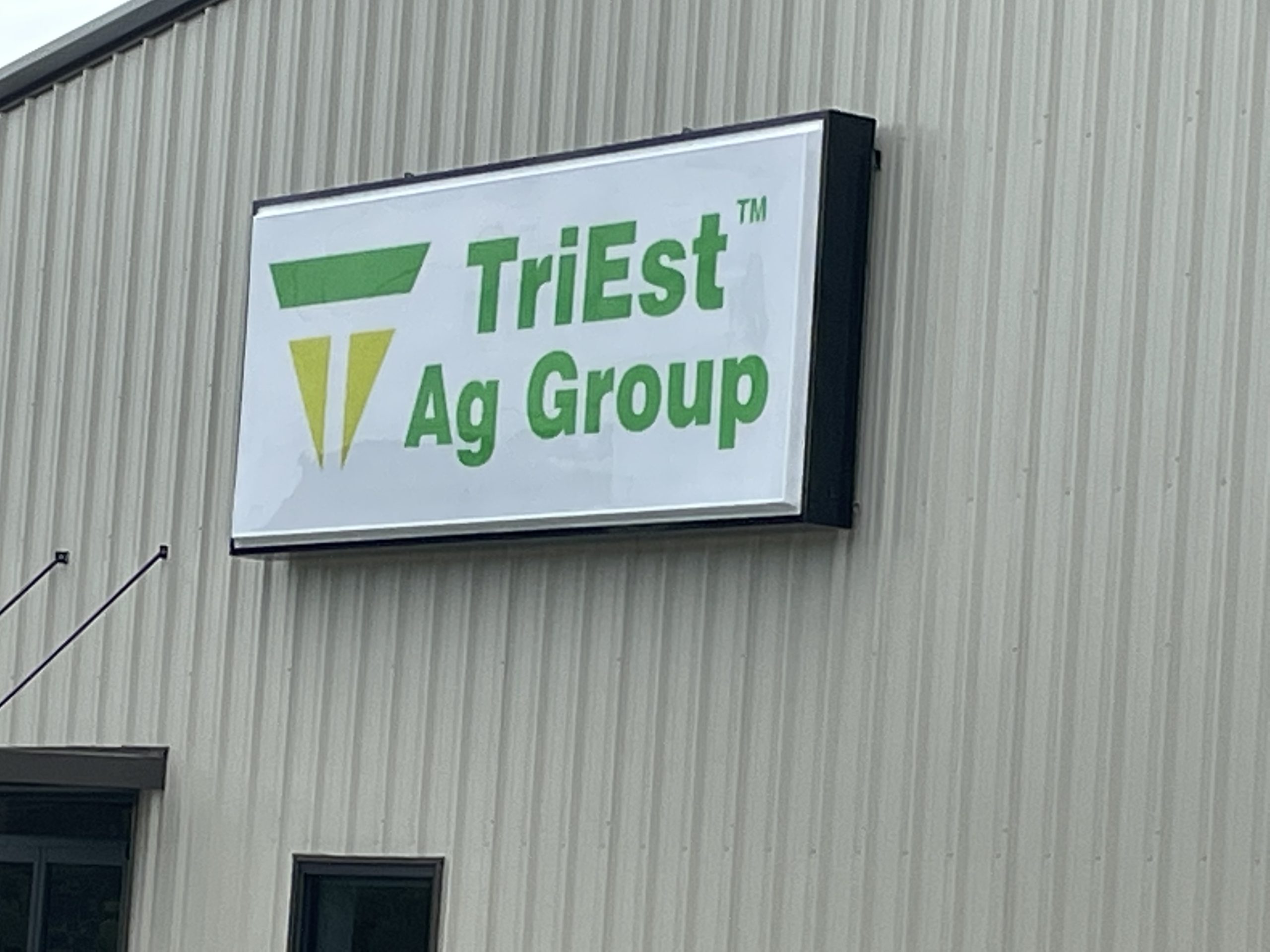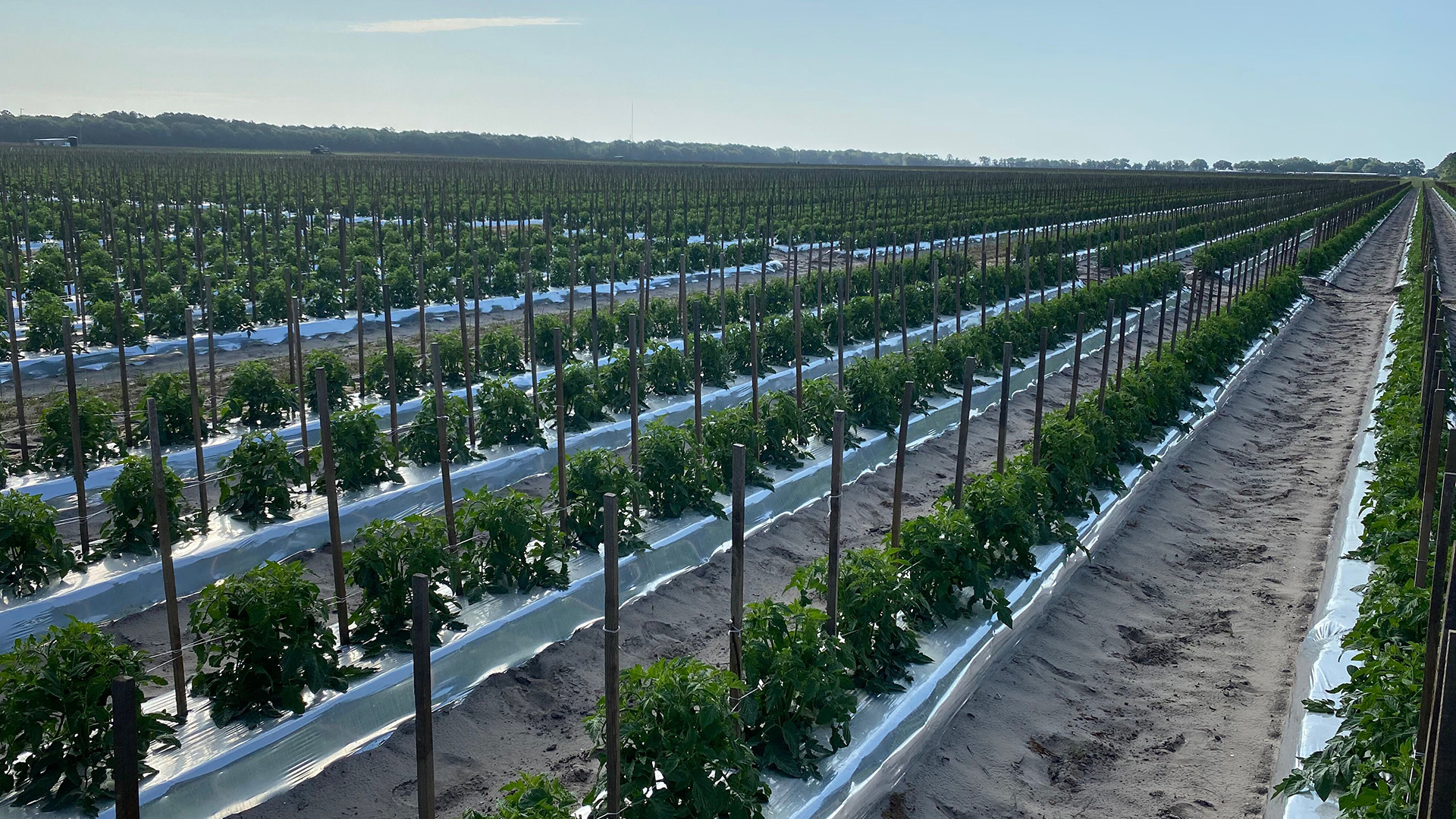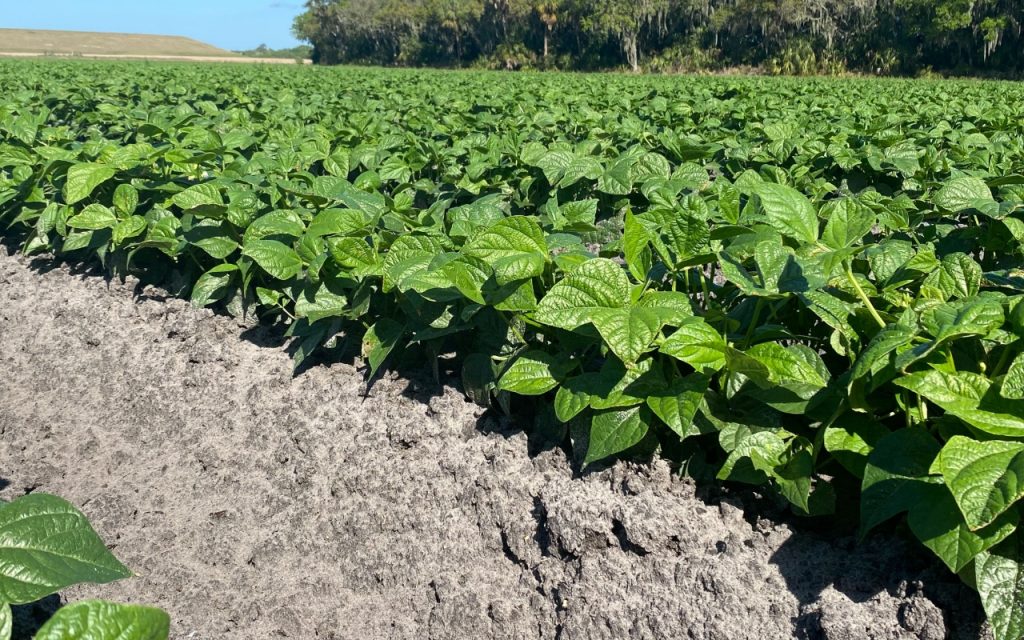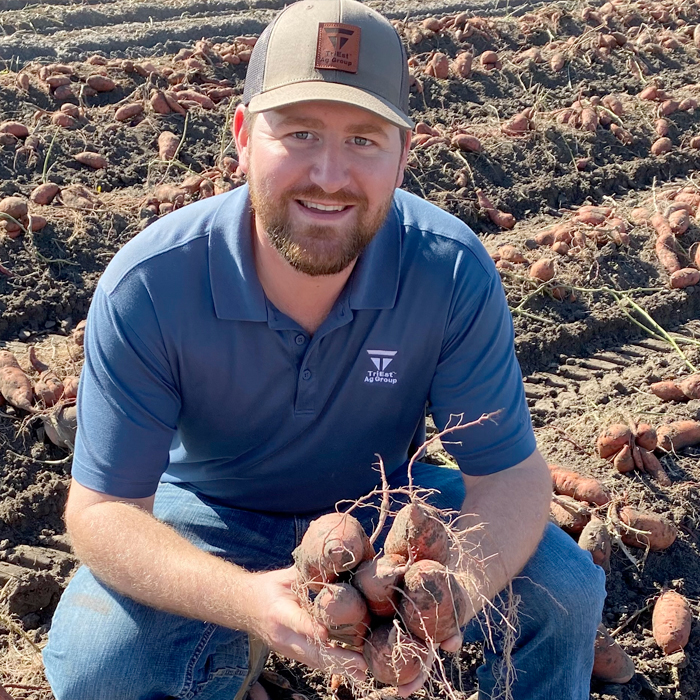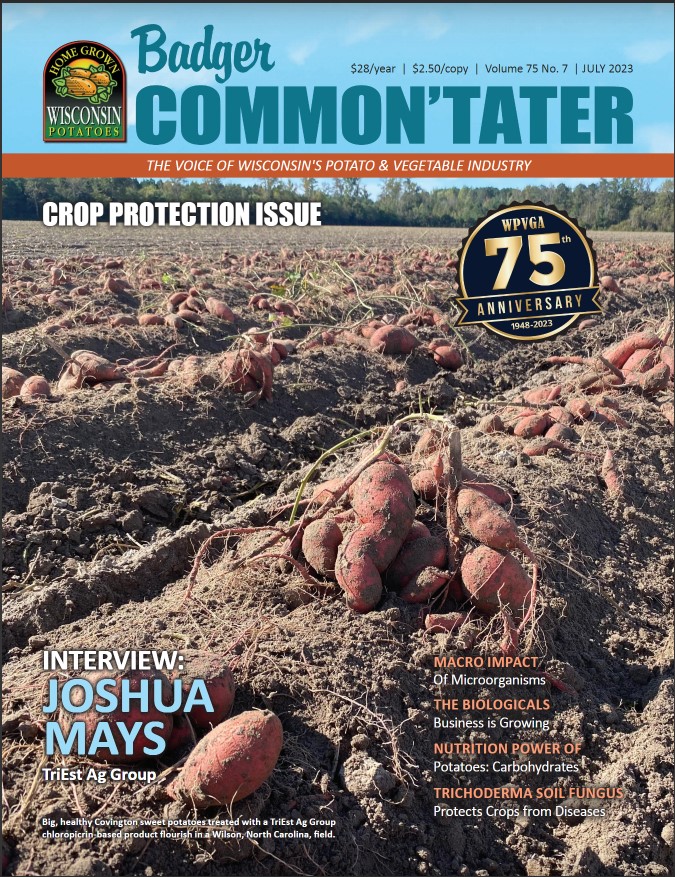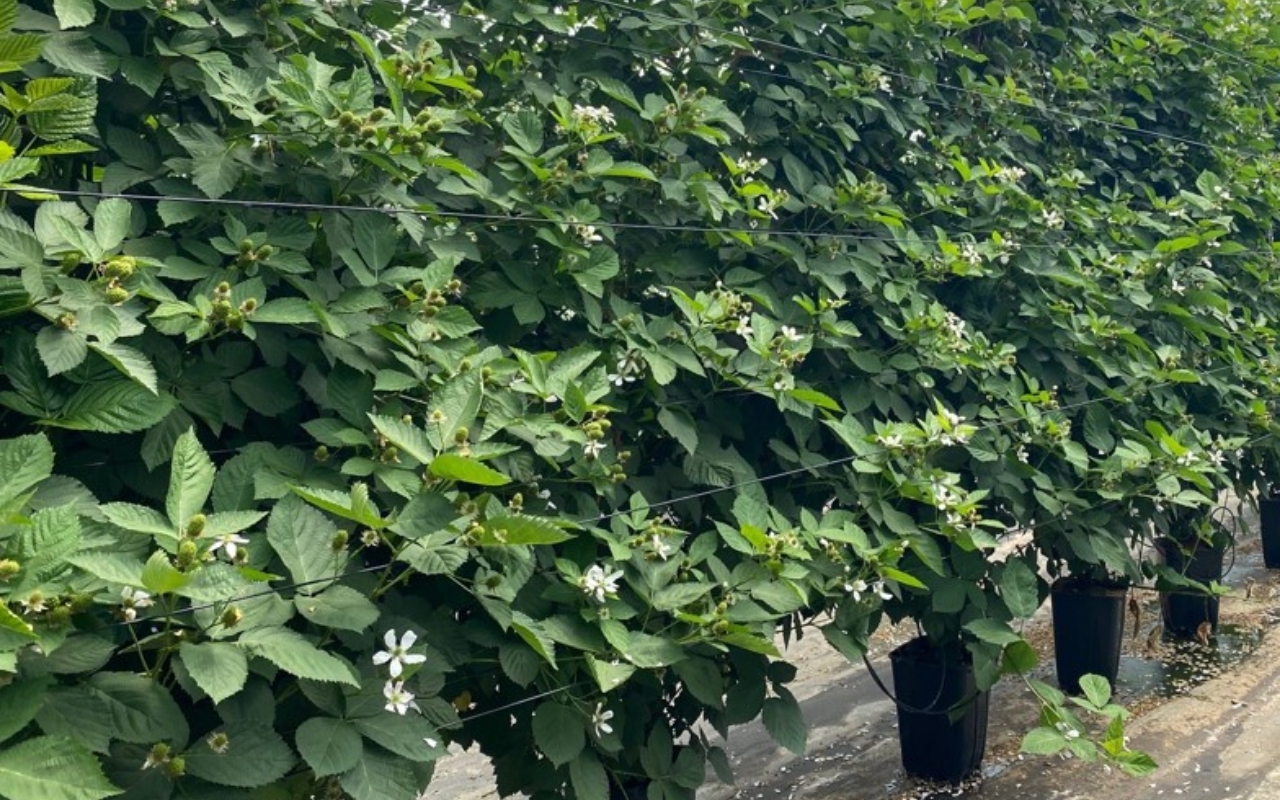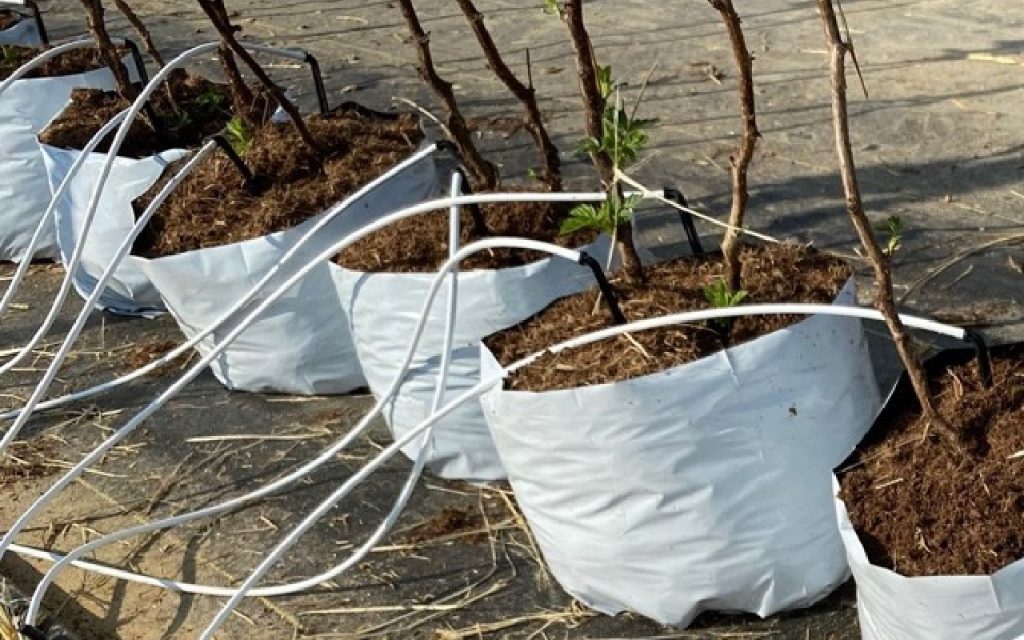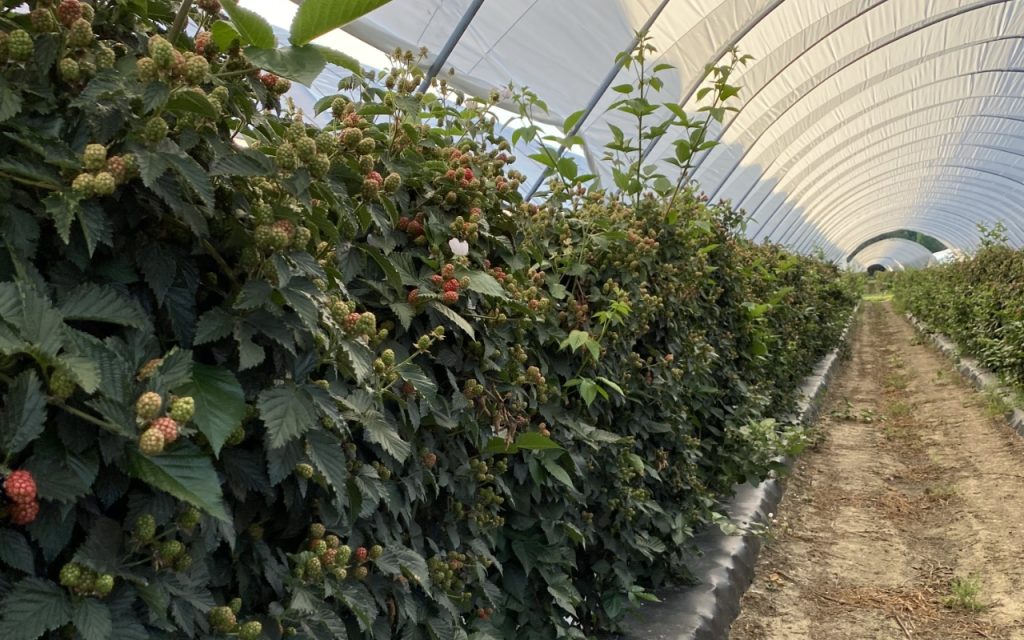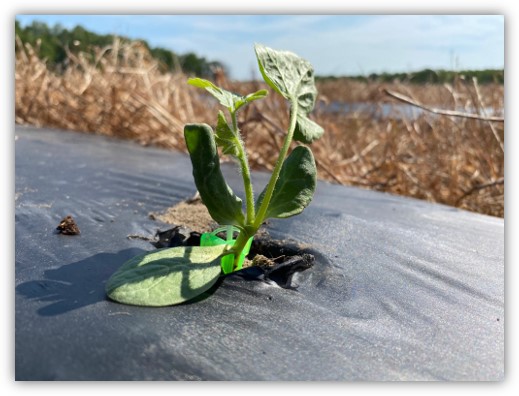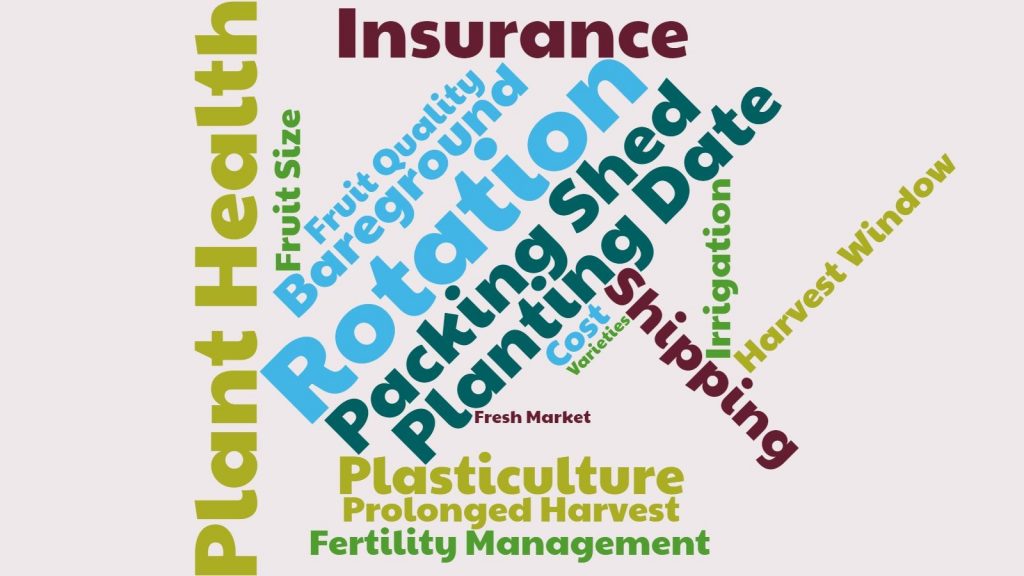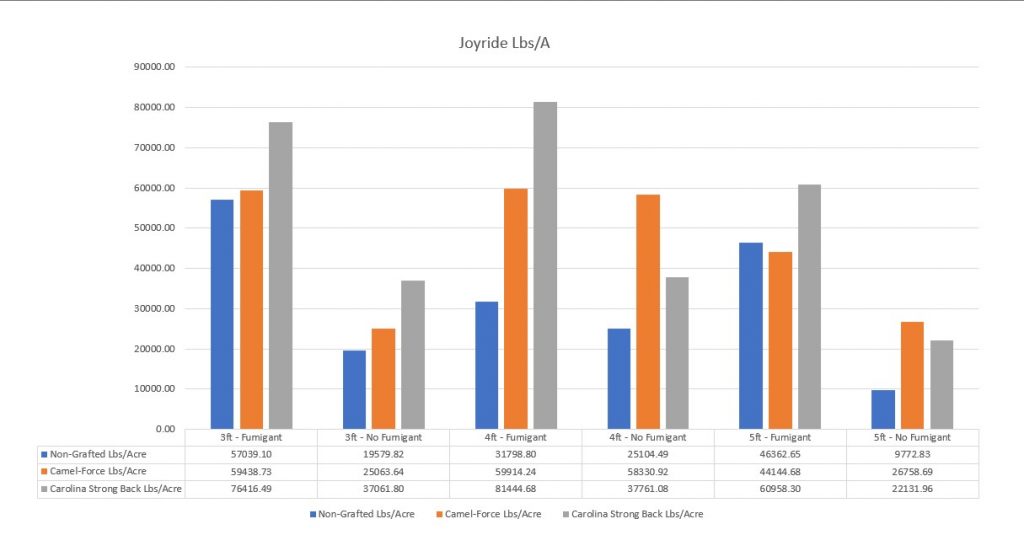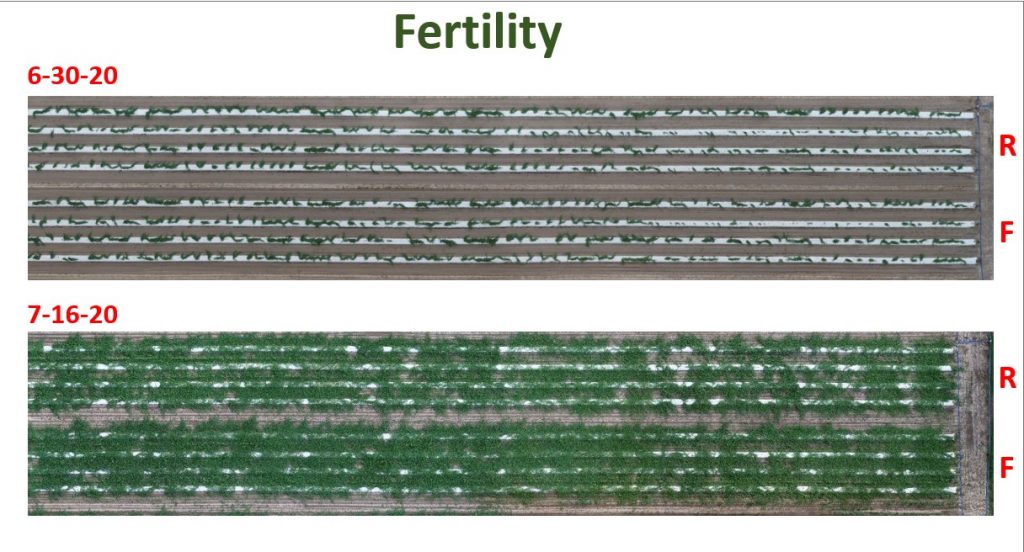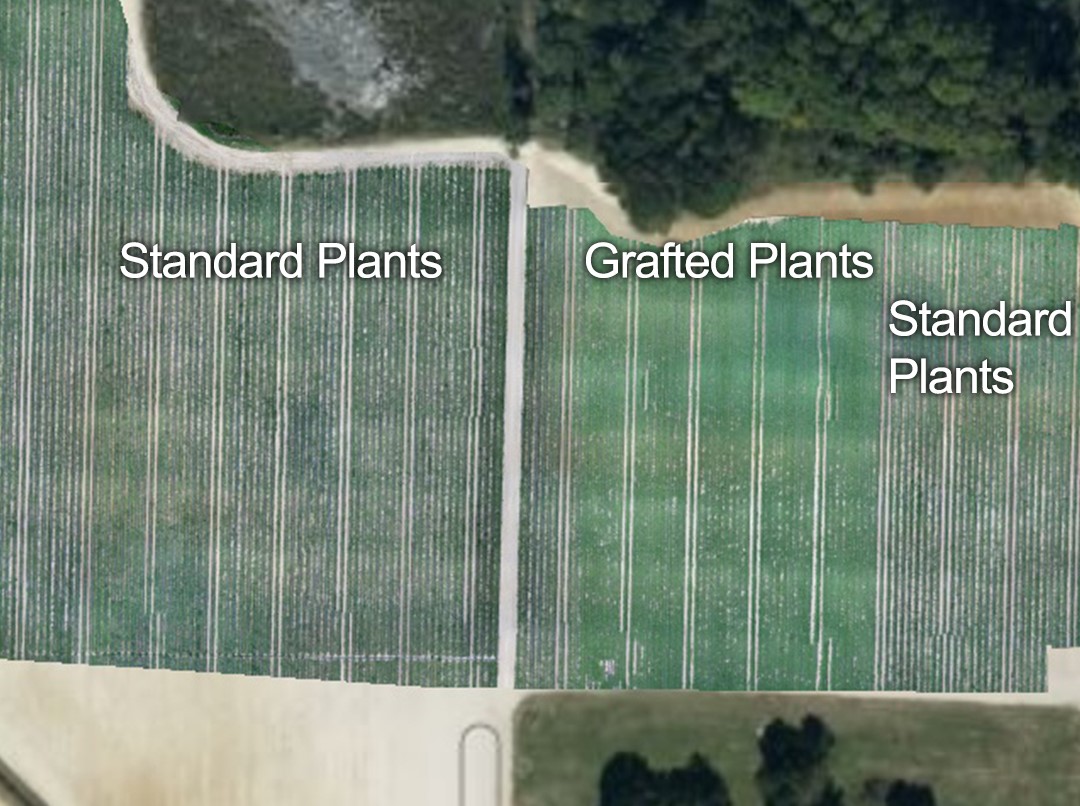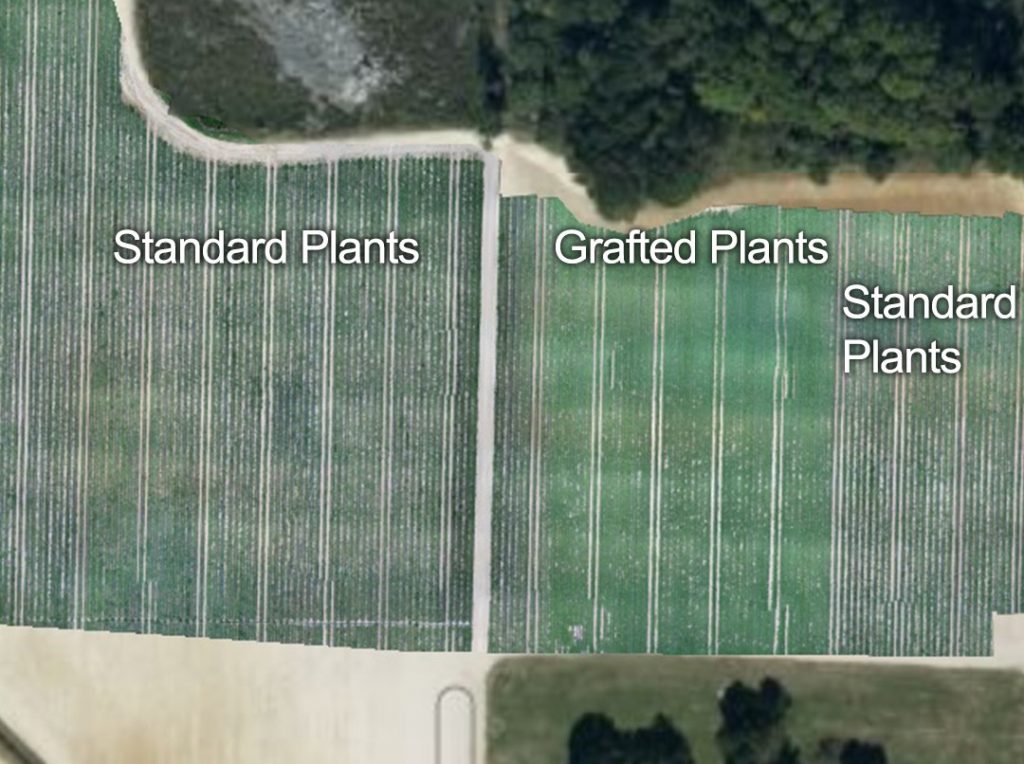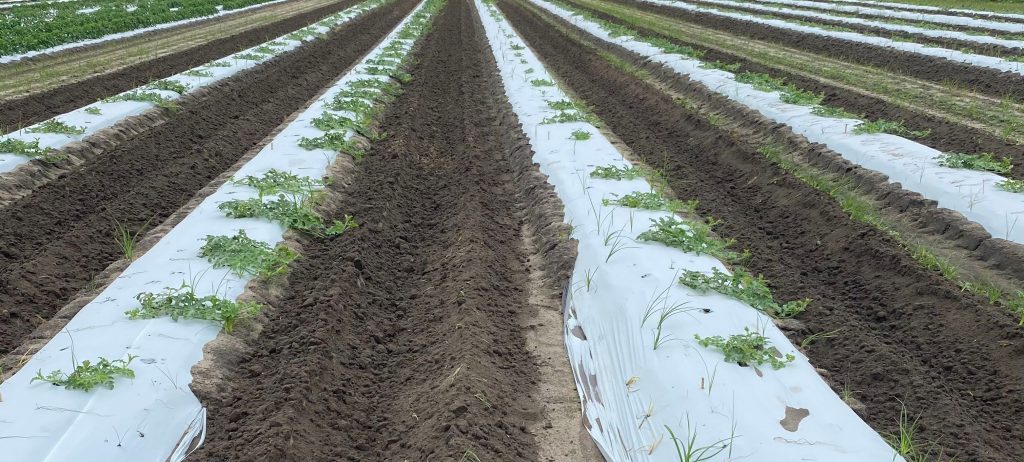TriEst will be attending several tradeshows and conferences that represent a variety of crops across the US in January and February and we hope to see you there at these great events.
January 8th – Annual Blueberry Update
January 8, 2025
9:00 a.m. – 12:30 p.m.
The Blueberry Warehouse (199 Tobacco Lane, Alma, GA 31510)
This is a great event for Georgia local blueberry growers to get education credits. This is also a wonderful event to talk with vendors about your needs and plan for growing your crop in the new year.
January 8-11th – Southeast Regional Fruit and Vegetable Conference
Savannah, GA
This is a wonderful education event for all fruit and vegetable growers. Our own Josh Mays will be speaking on the 10th there in an education session on Raspberry Annual Production Systems. We’ll be there in booth #701 too ready to discuss your needs and plans for the 2025 growing system.
January 9-10th – National Potato Expo
Orlando, FL
Calling all potato growers! This event is full of fun education sessions, keynote speakers, fun cooking shows, and a show floor full of vendors. Our group loves attending this one and we hope you do too. Stop by the TriCal Group Strike booth #1209 to see us.
January 15th – FSGA Tailgate Event
Dover, FL
Join us at the FL Strawberry Growers Association tailgate event. We’ll be there serving up some delicious food and serving our growers who do so much work for us to have those sweet berries to enjoy.
January 15-17th – Green and Growin’
Greensboro, NC
This is a wonderful event for nursery and greenhouse growers to attend for education. TriEst will be there in booth #1710 ready to discuss ag technology and irrigation options with you for 2025.
January 16th – NC Sweetpotato Commission Annual Meeting
Goldsboro, NC
We’re proud Platinum sponsors of this event. It’s full of great Sweetpotato education and helpful vendors. Stop by our table to talk sweetpotatoes and growing plans for 2025.
January 16-19th – Illiana Watermelon Convention
French Lick, Indiana
This is a fun event full of education and exhibitors. We are proud sponsors and exhibitors here. Stop by our table to discuss grafted plants, irrigation, and soil health for 2025.
January 19-21st – US National Sweet Potato Convention
Savannah, GA
Join us at this great industry event full of education, industry news, and fellowship. We’ll be there with TriCal Group exhibiting ready to help you with your 2025 sweetpotato planting.
January 28 – 30 – 2025 Michigan Winter Potato Conference
Grand Rapids, MI
The Winter Potato Conference is an excellent opportunity to learn and network with other industry professionals on a number of leading-edge topics. TriEst Ag is a proud sponsor and exhibitor at this event. Be sure to find our booth and talk to Tony Belcher about your upcoming potato planting plans.
January 30 – February 1, 2025 – MAR-DEL Watermelon Convention
Cambridge, Maryland
Great watermelon Industry leaders speak on topics such as food safety, research results, disease research, legislative and regulatory issues. TriEst Ag Group and Tri-Hishtil will be there as gold sponsors with a table. Be sure to stop by to discuss grafted watermelons, irrigation, and soil health with Ben Hinson.
February 4 – 7th – NC Southern Farm Show
Raleigh, NC
The Southern Farm Show is the largest annual agricultural exposition in the Carolinas and Virginia. Filling the NC State Fairgrounds, the show hosts over 400 exhibitors, agricultural meetings, workshops and training, and everything farmers need to prepare for the coming growing season. TriEst Ag Group will be there with your growing solutions in booth #1002. Stop by to see us!
February 4-5th WPVGA Grower Education Conference & Industry Show
Stevens Point, WI
Growers attending the conference will have the opportunity to get a head start on the season with expert market outlooks, research reports, information on new technologies and agribusiness advice. The Conference is a great place for growers to get the advice, tips and insights that will give them the edge they need in a tough business. There will be an excellent slate of speakers and presentations. TriEst Ag Group will be there in booth #58 exhibiting and ready to discuss your 2025 growing plans. We’re also a proud Beverage Reception Sponsor.
February 18-19th 2025 CO Fruit and Vegetable Growers Association Conference
Westminister, Colorado
Join us for great networking and learning at the 11th annual CO Fruit and Vegetable conference! We’ll be there exhibiting, ready to assist you with you irrigation, fertilizer, soil heath, and grafted plant needs in 2025.
February 19 – 23rd – National Watermelon Convention
Austin, TX
The premier networking and education event dedicated to the watermelon industry. Join us in Austin, TX, for education, networking, an auction, the crowning of the 2025 National Watermelon Queen, and an unbelievable Texas experience! We’re proud sponsors and exhibitors there. We can’t wait to talk watermelons with you.
February 19-20th – NC Tomato Growers Winter Vegetable Conference
Asheville, NC
Join us for this high quality educational program put together by vegetable extension specialists & agents at NC State University. We hope that you take advantage of this opportunity to learn about current issues associated with vegetables. TriEst Ag Group is a proud Gold Sponsor and exhibitor at this event. We can’t wait to see you there to talk 2025 growing plans and solutions.
February 25th – Georgia Citrus Association Conference
Tifton, GA
Join us for some great education and industry fellowship at this Georgia Citrus Association Conference. TriEst is a proud sponsoring member and will be there with a booth ready to discuss your citrus growing plans for 2025.
